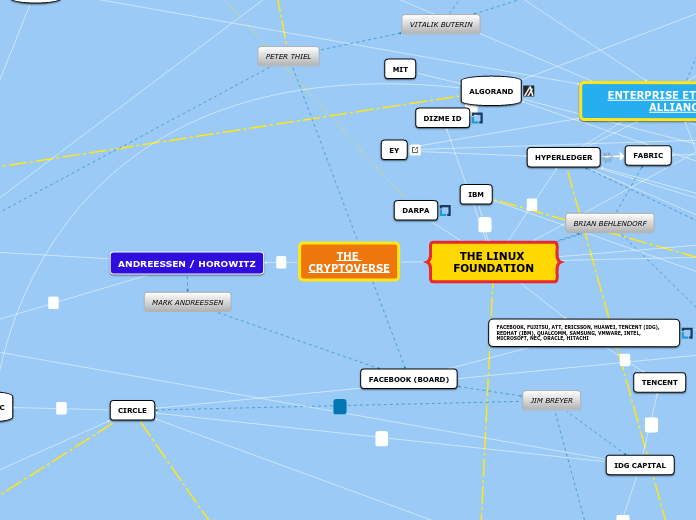Supply chain decisions
and design metrics
Supply chain efficiency
A supply chain that requires less cost input to generate the same amount of sales revenue output is more efficient, this can be measure by:
Inventory levels
Product cycle time
Distribution cost
Manufacturing cost
Raw materials cost
Enablers and Drivers of Supply Chain Performance
Supply chain drivers
Suppliers
Facilities
Transportation
Inventory
Supply chain enablers
Human resources
Alliances
Technology
Organizational infrastructure
Supply chain decisions
Operational Decisions
Are short-term decisions made on a daily/ weekly basis,
Allocating limited supply
Generating weekly or daily production schedules
Setting due dates for customer orders
Setting delivery schedules for shipments from suppliers
Tactical Decisions
Are primarily supply chain planning decisions and
are made in a time horizon of moderate length.
Distribution decisions
Transportation decisions
Inventory management decisions
Production planning decisions
Purchasing decisions
Strategic Decisions
Strategic decisions deal primarily with the design of the supply chain network and the selection of partners, long term.
Information technology
Production and sourcing
Network design
Supply chain metrics
Cash-to-cash cycle
refers to the difference in the length of time it
takes for a company’s accounts receivable to be converted into cash inflows and the length of time it takes for the company’s accounts payable to be converted into cash outflows
Working capital
is the difference between a company’s short-term
assets and its shortterm liabilities
Return on assets
Refers to the ratio of company’s net income to its
total assets
Return on Assets (ROA) =Annual income ($)/Total assets ($)
Inventory capital
refers to the total investment in inventory
Inventory capital =
N
∑IkVk
k=1
Ik = average inventory of item k
Vk = value of item k per unit
N = total number of items held in inventory
Days of inventory
refers to how many days of customer demand is
carried in inventory
Days of inventory= Average inventory/Daily sales
Inventory turns
Is a measure of how quickly inventory is turned
over from production to sales
Inventory turns=Annual sales/Average inventory
Supply chain responsiveness
refers to the extent to which customer needs and expectations are met, and also the extent to which the supply chain can flexibly accommodate changes in these needs and expectations.
Percentage of customer demand filled from finished goods inventory versus built to order from raw materials or component inventories
Time to process special or unique customer requests
Product variety
Delivery time
Reliability and accuracy of fulfilling customer orders
Supply chain risk
Operational risk
these are more commonly occurring disruptions
whose impacts are localized and resolved over a relatively short period of time.
Hazard risk
these are disruptions to the supply chain that arise
from large-scale events with broad geographic impacts
Supply chain engineering
Managing the integrity of the supply chain network by mitigating supply chain disruptions at all levels.
Management of the transportation and logistics network to deliver the final products to the warehouses and retailers
Management of the production and inventory of finished goods to meet customer demands
Procurement of raw materials and parts from suppliers to the manufacturing plants
Design of the supply chain network, namely, the location of plants, DCs, warehouses, and so on
Flows in supply chain
Information
Funds
Products
Supply chain
A coordinated set of activities concerned with the procurement of raw materials, production of intermediate and finished products, and the
distribution of these products to customers within and external to the chain









